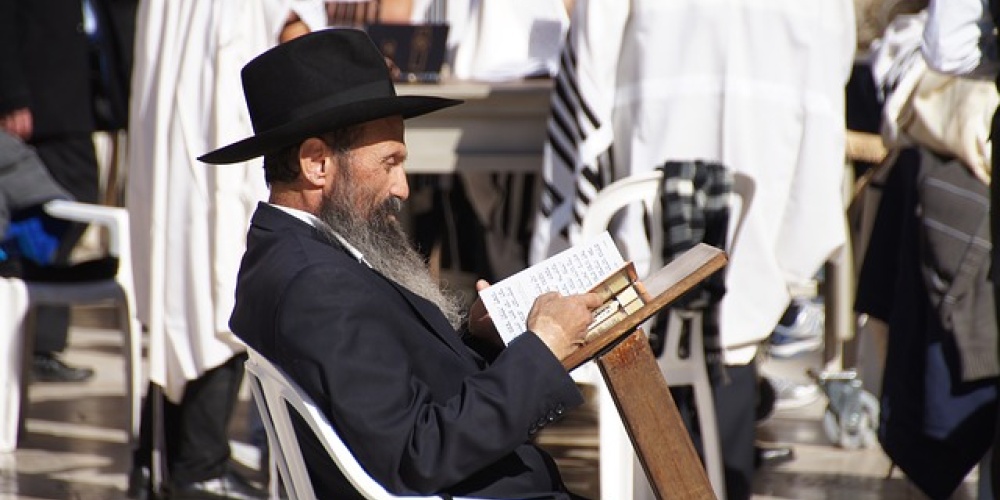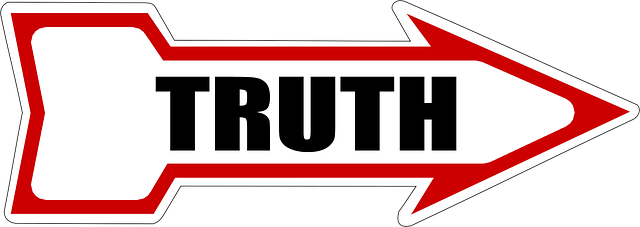
“Rav Yochanan said: The Holy One, blessed be He, established the covenant with the Jewish people only because of the Oral Law, as it says (Shemot 34:27), ‘ki al pi, because of these [oral] words G-d established the covenant with you’” (Gittin 60b).
The primacy of the Oral Law is for both practical and ideological reasons. On a practical level, so much of the Torah is incomprehensible without the Oral Law. This is true both of obscure phrases such as totafot or pri etz hadar and also regarding mitzvoth that on the surface appear quite clear. How does one observe Shabbat, and what exactly is matza or a sukkah?
There is hardly a verse in the Torah that is fully understandable without the Oral Law. But beyond the practical, the Oral Law necessitates the need for a relationship between teacher and student. We learn best by example, something we cannot receive from a written text. We became the people of the book only after historical circumstances forced most of the Oral Law to be put in writing. Furthermore, an oral tradition is dynamic and flexible, allowing the law to be responsive to the needs of the day[1].
But most likely the immediate context of Rav Yochanan’s teaching is related to the attempt of the Christian world to replace Judaism as G-d’s chosen nation. While other religions may co-opt the Bible, our covenant with G-d is through the Oral and not the Written Law. Its oral transmission ensures that no nation can take it from us. It is for this reason that—in theory, at least—Jews are prohibited from teaching the Oral Law to non-Jews (Sanhedrin 59a). While we gladly share the Bible and its beautiful and clear teachings such as, “Love your neighbour as yourself”, “Honour your mother and your father” and “Do not steal”, the Oral Law is unique to the Jewish people and expresses the special relationship we have with G-d.
When we think of the Oral Law we, for good reason, think of a separate corpus of law that elucidates the written text but is not part of that text. Yet even within the Biblical text there is a written and oral tradition – though unlike the “traditional” Oral Law, there is a dispute as to which is more important.
“Rav Yitzchak the son of Yosef said in the name of Rav Yochanan: Rebbe [Yehuda Hanassi] and Rav Yehudah ben Ro'etz, Beit Shammai, Rav Shimon and Rabbi Akiva, all hold yeish eim lemikra, the vocalization of the text is determinant in Biblical exposition” (Sanhedrin 4a).
It is well known that if even only one letter is missing from a sefer Torah, that Torah becomes unfit for public reading. (Similarly, if one cell in the human body malfunctions, the entire body can be at risk). Each letter adds meaning to the text[2] and the Talmud will often derive a law based on one extra letter in a word. Yet there are many words in the Hebrew language that can be spelled “full” or “missing”, primarily due to whether or not they contain a vav. Thus, we can spell Aaron with or without a vav, though the pronunciation remains the same. Or to cite an early example, the word for the creation of the luminaries, meorot, is first spelled without a vav (Breisheet 1:14) and a verse later it is spelled with a vav, though when read in shul, there is no distinction in pronunciation.
The question the Talmud debates is, which is primary? Is it the way a text is pronounced, yesh eim lemikra, or the way the word is spelled, yesh eim lemasoret? The resolution of this question has greater implications than one might realize. Determined by it are the number of walls a Sukkah needs, how sacrifices are to be offered, how one may eat the korban pesach (Pesachim 86b), when one must go to a city of refuge (Makkot 7b), perhaps even when a woman can go to mikvah after childbirth.
It is this debate that is at the core of the debate between Rebbe and the Sages as to whether cases of monetary law require three or five judges. The Gemara explains that the source for requiring three judges in monetary cases is from the twice-superfluous use of the word Eloheem (Shemot 22:7-8) in the Torah’s description of a monetary court case[3]. Rebbe Yehuda Hannasi argues that since the word yarsheoon in the verse asher yarsheoon eloheem, אֲשֶׁ֤ר יַרְשִׁיעֻן֙ אֱלֹהִ֔ים, he who the court declares guilty (Shemot 22:8) is pronounced in the plural, it refers to two judges, so that the two extra words refer to four judges. Since we cannot have an even number of judges, we are forced to decide on five. The Sages argue that since the word yarsheoon is written without a vav it is singular, so that each reference is to one judge only, with a third judge added to ensure an odd number.
Unfortunately, we no longer have a letter-perfect Torah. Already in Talmudic times, our Sages noted (Kiddushin 30a) that we are not expert in “additional and missing letters”; and in fact, today there is no universally agreed-upon text of the Torah. The differences may be minor, a letter here and a letter there, but in a tradition in which every letter is important, these differences are significant.
Fascinatingly, Rabbi Akiva Eiger, in his Talmudic glosses (Shabbat 55b), lists some 20 places where the text that we have today differs – even if only by one letter – from that of the Rabbis of Talmud or that of Rashi and the Tosafists[4].
In debating whether it is the written word or oral pronunciation that takes precedence, the Talmud uses the phrase yeish eim lemikra and yeish eim lemasoret, which literally translates as, “There is a mother for reading and there is a mother for tradition,” with mother referring to that which is most important. While the technical mitzva of teaching Torah primarily devolves upon the father, ultimately it is the mother who has the greater role in passing down Judaism to the next generation.
In this vein I conclude with the words of Rav Soloveitchik in his eulogy for the Rebbitzen of Talne (click here to read the complete eulogy).
"One learns much from father: how to read a text—the Bible or the Talmud—how to comprehend, how to analyze, how to conceptualize, how to classify, how to infer, how to apply, etc. . . . One also learns from father what to do and what not to do, what is morally right and what is morally wrong. Father teaches the son the discipline of thought as well as the discipline of action. Father's tradition is an intellectual-moral one. That is why it is identified with mussar, which is the Biblical term for discipline.
What is torat imekha? What kind of a Torah does the mother pass on?... Most of all I learned [from my mother] that Judaism expresses itself not only in formal compliance with the law but also in a living experience. She taught me that there is a flavor, a scent and warmth to mitzvot. I learned from her the most important thing in life—to feel the presence of the Almighty and the gentle pressure of His hand resting upon my frail shoulders. Without her teachings, which quite often were transmitted to me in silence, I would have grown up a soulless being, dry and insensitive".
[1] We have often noted the introduction to the Dor Revii where he develops this theme. If you have yet to read it, I suggest you do so here in Hebrew or here for an abridged English summary.
[2] Rabbi Akiva even claimed the crowns on certain letters of Torah text have “mountains and mountains of laws” that we can derive from them (see Menachot 29b). Apparently his approach has not been accepted, and to the best of my knowledge, the Talmud does not record even one law derived from the crown of letters.
[3] The word Eloheem, usually used to describe G-d, in this context refers to judges, a most powerful message about our attitude towards our courts and the responsibility placed upon judges.
[4] One example not mentioned by Rabbi Akiva Eiger relates to Rashi’s comment that tzizit remind us of all the mitzvoth, as the numerical value of tzizit is 600, and with the 8 strings and five knots we get 613. Such a count only works if there are two yuds in tzizit. While Rashi’s Torah may have had such, ours today do not.



